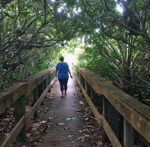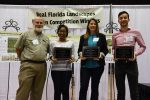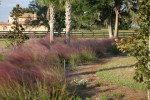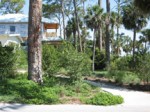Florida native plants for sustainable landscapes.
Visit PlantRealFlorida.org

Sometimes you need to cut down or burn native trees and other vegetation to give more native plants a chance. Ecosystems are all about diversity and in our fragmented landscapes, management by we the humans is a must to maintain […]
This is a short trailer. See full pilot at howtodoflorida.com FANN is proud to have collaborated with our conservation partner Florida Wildflower Foundation in sponsoring the first pilot production for the new reality TV show, Flip My Florida Yard, produced […]

From 2013-2017, FANN sponsored the Real Florida Landscapes Design Competition. During that time, we received 59 submissions from both professionals and students. This page lists the winners for each year. In 2018, FANN collaborated with the Native Plant Horticulture Foundation […]

The Florida Department of Transportation (FDOT) released a study in March 2014 concluding that roadside vegetation in the state highway system should be viewed as an asset, the value of which can be greatly improved through the use of sustainable […]

Course Description and Objective This course serves as an introduction to selecting and using native plants in urban landscapes. Instructor provides a working definition and parameters of what is considered a “native landscape” in context of the Sustainable Sites Initiative™ […]

Correspondence Course for Professionals in the Real Florida Landscapes™ CEU Series For landscape architects, designers, installers and maintenance professionals. Learn and earn continuing education credits from the comfort of your home or office, at your own pace. Benefit from practical, […]
In 1991, FANN (then AFNN) published the Xeric Guide to Landscaping with Florida Native Plants book that promotes the use of the Davis Vegetation Map of Florida’s native plant communities as a framework for plant selection. FANN modified the map’s […]

When selecting native plants, there are a few important factors that can “make or break” a project’s success. Availability More native plants are available than ever before, but many are still limited in availability, and considerable time is often required […]

Compared to other states, Florida has a rich variety of native plant communities, including beach dunes, maritime forests, pine flatwoods, sandhills and scrubs, hammocks, marshes and prairies. These communities occur as a function of soil type and fertility, drainage, exposure […]
Broward County is one of Florida’s most heavily urbanized areas. Yet it was probably one of the most botanically diverse, with more than a dozen different native plant communities, as shown on this close-up view of the Plant Communities map. […]